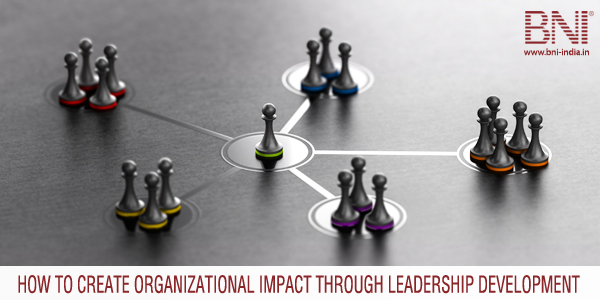491
Most organizations these days have two choices when it comes to finding talented individuals to hold positions of leadership within the company – to compete for them through a hiring process, or to develop those leaders through in-house leadership development initiatives. These programs can vary greatly in terms of cost, implementation and effectiveness; but most companies measure the effectiveness of an initiative by the measurable and visible impact it has on the organization.
There are many factors that go into the success or failure of these leadership development initiatives. Here are 7 of those key factors:
- Business Unit Managers: Your business unit managers can have a direct, and at times, indelible impact on the participants of the program. If what is being taught in the leadership program is ignored by the business unit manager, or if the participants are not allowed to put into practice what they are learning, you are not likely to see much change.
- Personal Purpose: A leadership development program which is attended by participants out of obligation will not be very effective. For change to take hold, each participant must want to be there. They need to have a personal purpose that connects them to the course and motivates them to move forward. Without this personal purpose, they are likely to be aimless and distracted.
- Partner with Your Provider: In order to be effective, your leadership development provider needs to know the environment, culture and leadership strategy that is specific to your organization. With this knowledge they can tailor the program to maximize its effectiveness for your company. The leadership development provider is the expert, but you still know your company’s needs best.
- Prioritize: There are many end goals for an organization that is investing in leadership development. However, these goals can’t all be reached at once. With multiple facets and factors, it’s essential to prioritize which goals are the most crucial and timely, and focus on those first.
- Focus on all Levels: While prioritizing is crucial, it’s important to remember that no level of leadership should be left neglected. This may take some innovation & creativity, but it is possible to provide resourceful and cost-effective development at each level; ensuring a well-rounded and successful leadership development initiative.
- Keep it Relatable: When communicating the effectiveness of the programs to company stakeholders & leaders, use language that speaks to them personally. For some stakeholders, the numbers are crucial. These stakeholders would respond best to evidence of good financial investment. For others, who might tend to lead more from the heart, the effectiveness of the program would be judged by the personal impact the program had on its participants, or how they were able to progress because of it.
- Think Outside the Classroom: For a leadership development initiative to be effective, it should go beyond just a few days of training. Initiatives involve 3 stages, and take time to come into full effect. These stages are:
- Preparation – Participants should pre-read important materials, do assessments and communicate with their managers to determine what areas they should focus on.
- Engagement – Participants need to be able to disengage from their job and focus on the space and time to learn that has been provided for them.
- Application – Follow-up is needed to ensure that the participants are applying what they learned, and that they are making progress towards the goals they set for themselves.
Remember that the preparation for and application of the program are just as important as the program itself.
